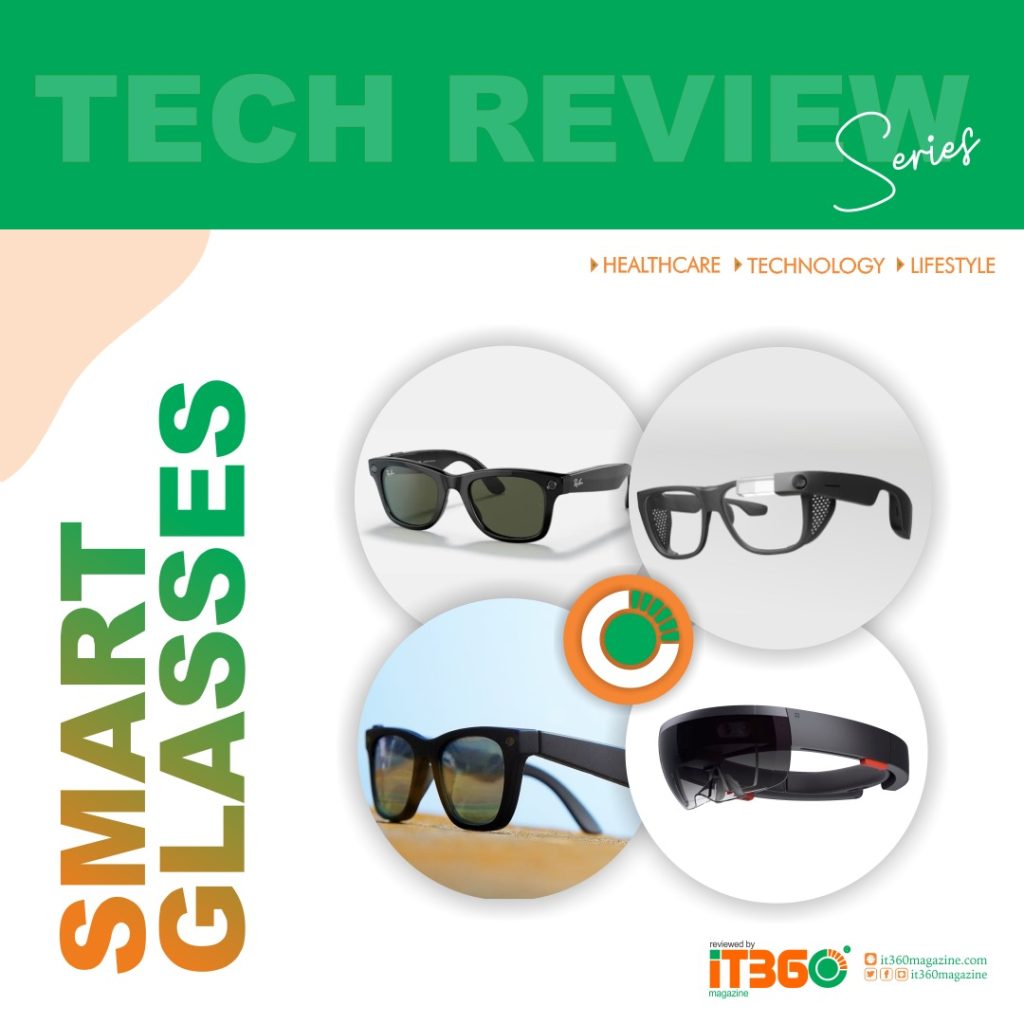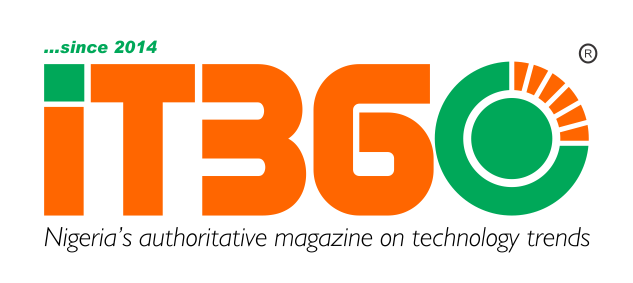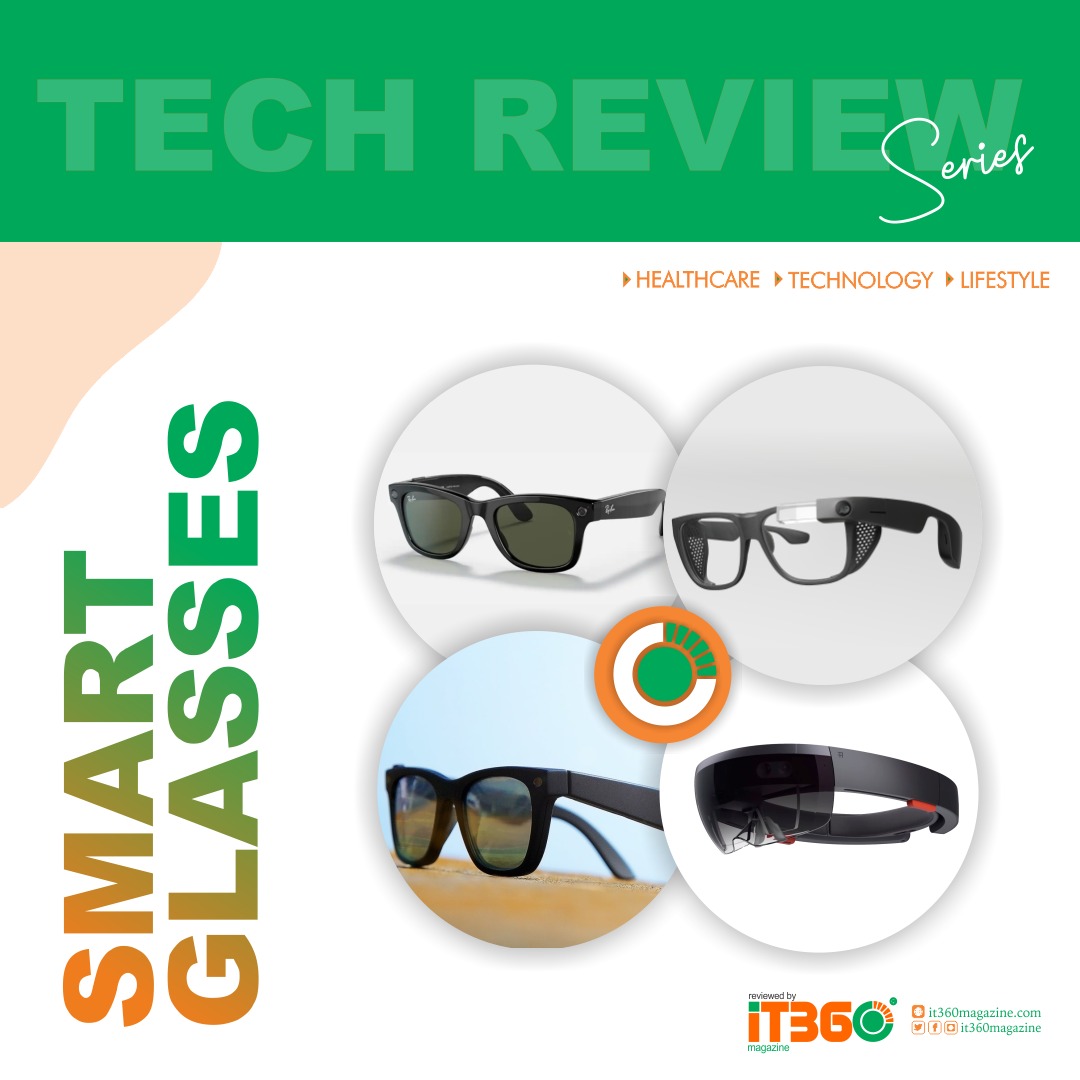As a result of technical advancement, various portable devices and computers are increasingly more common. Of course, everyone has a phone, most probably a smartphone, but modern mobile employees are also expected to have a variety of portable devices and useful software. The next step of technological advancement is represented by wearable technology like smart watches, smart glasses and the likes, which allows for hands-free operation and seamless integration of devices.
The gadgets’ modest size and ability to either be integrated into apparel or somehow simple is crucial for wearable technology. With the use of advanced technologies, it is simple to give a mobile worker varying correct and extra details without interfering with their actual activity with smart systems. One of those many smart systems is “SMART GLASSES”.
What are Smart Glasses?
Smart glasses are a type of gadget that, with the aid of modern technology, places a computer screen or projection directly ahead of the user’s eyes to display information from a background computer system. The information is either presented directly to the eye or displayed/mirrored on the lens of the eyeglasses. The user’s ability to monitor his surroundings unhindered if he does not need the data the smart glasses deliver is one outstanding quality of smart glasses.

The Rise of Smart Glasses.
A new wave of smart glasses hype began in 2013 with the release of Google Glass. While Google Glass received mixed reviews, it sparked the introduction of smart glasses that were designed specifically for a given task, such as Snap’s Spectacles and Everysight’s Raptor augmented reality (AR) smart glasses. The AR and audio capabilities of smart glasses are still in their developing stages. However, GlobalData projects that the market will reach a $2.3 billion business by 2030.
Below is a highlight of the rise of smart glasses inventions over the years.
The Sword of Damocles, the first head-mounted display (HMD) system, was developed in 1968. The Digital Eye Glass, which had a TV display and an electronic camera, was created by Steve Mann in 1978. Thomas P. Caudell, a former researcher at Boeing, first used the term “augmented reality” in 1990. By Jaap Haarsten of Ericsson, the Bluetooth wireless technology standard was created in 1994. The first Bluetooth consumer device was introduced in 1999. The first augmented reality (AR) wearable for troops, the Battlefield Augmented Reality System (BARS), was introduced in 1999. Epson debuted the Moverio BT-100 smart eyewear in 2011.
Google Glass was first offered for sale in 2013. Google stopped producing Glass in its current form in 2015, as announced. Launched in 2015, Lyteshot was an interactive augmented reality gaming platform that made use of smart glasses for game data. In 2016, Snap launched its Spectacles smart eyewear. Everysight unveiled Raptor AR smart glasses in 2017, which were created especially for professional cyclists. In 2017, Google re-released Glass with a focus on the business market. North debuted the first iteration of its smart glasses, Focals, in 2018. Toshiba unveiled its DynaEdge AR100 smart glasses in 2018. 2019 saw the integration of Alexa, Amazon’s voice-activated virtual assistant, with Vuzix’s Blade smart glasses. Bose and Amazon started offering audio smart glasses for sale to consumers in 2019. In 2020 Google reportedly paid $180 million to acquire North. While 2020 saw the conclusion of Bose’s AR business and the discontinuation of its Frames smart glasses. 2022 will see the introduction of Apple and Facebook’s own AR smart glasses. 2.3 billion dollars will be spent on smart glasses by 2030, predicts GlobalData.
Uses of Smart Glasses.
1. Collaboration via video
Today, video collaboration is undoubtedly the most popular use for smart glasses. Working remotely with specialists in a “see-what-I-see” method is enhancing a wide range of industries. Remote help functionality encourages more businesses to integrate smart glasses technology into their processes because it can be used for everything from field service to intricate technical support.
2. Logistics and Storage
Warehouse workers can swiftly identify, gather, and distribute things while keeping their hands free and receiving instructions and visual signals immediately in their field of vision. Scanners, printed materials, and handheld gadgets are being replaced by smart eyewear. As a result, workers are producing more work while making fewer mistakes and incurring fewer costs.
3. Functional Validation
Maintenance-related augmented reality solutions are invaluable. With the use of smart glasses, professionals can obtain step-by-step visual instructions to assist with activities like assembly, repair, or maintenance processes. Technicians can validate the actions to make sure that each step was correctly carried out by using the head-mounted displays.
4. Customer Base
Although the consumer market has room to expand, there are currently application cases in many other industries. While travellers can quickly find their way about thanks to projected navigation directions and reviews, theatres rely on eyewear to instantly subtitle their audience members. Athletes can obtain real-time data on their speed, power, distance, and other metrics. The field of view on a drone is conveniently visible to the pilot. Even though they have a long way to go before becoming widely used all of them are important and worthwhile niches.
Smart Glasses Producing Brands.
Ray Ban comes in as the first on the list with their Ray-Ban Stories was introduced by the renowned eyewear company in partnership with Facebook. You can still listen to music and make calls while wearing them. In addition to these features are: cameras are built into the left and right sides of the glasses frame. You can shoot both images and pictures using these.
These can be shared directly with peers, relatives, and undoubtedly Facebook’s facial recognition algorithms via the new Facebook app “View.” Each photo has a quality of 5 megapixels, and the storage capacity is touted to hold 500 photos or Thirty 30-second videos. By saying “Hey Facebook,” you can start recording.
Right after its debut, Facebook’s video and photo glasses received heavy criticism. The only indication that the person you are speaking to is being recorded is a tiny light. Several security professionals have issues with how Facebook’s servers process data. It is priced at $299.
2. Google
An optical head-mounted display fashioned into a pair of spectacles, Google Glass, or simply Glass, is a type of smart glasses. It was created by X (formerly Google X) to create an all-encompassing computer. Data is displayed by Google Glass in a hands-free, smartphone-like fashion. Users use voice controls in plain text to interact with the Internet.
After some years of production, Google stopped production of smart glasses and years later a comeback was made when Google unveiled Google Glass Enterprise Edition 2 in May 2019. Google also disclosed a collaboration with Smith Optics to create safety eyewear for Glass.
The following features make the Google Glass Enterprise Edition 2 an improvement over earlier models:
Quad-core Qualcomm Snapdragon XR1 processor, 10 nm, up to 1.7 GHz, Android Enterprise Mobile Device Management (Android Oreo); 3GB LPDDR4; Bluetooth 5.x AoA; 8 MP camera with an 80-degree field of view; 3 beam-forming microphones; USB Type-C connection that supports a USB 2.0 480 Mbps; 820 mAh fast-charging battery, 6-axis gyroscope and accelerometer; Power-saving features include sensors for on-head detection and eyes-on-screen detection; Dust and water resistant; Weighing 46 g. It is priced at $999.
3. Microsoft
Microsoft created and produced a pair of mixed reality smart glasses called Microsoft HoloLens 2. It is the successor to Microsoft HoloLens, a groundbreaking device. The HoloLens 2 enterprise version made its debut as the device’s first variation on February 24, 2019, and a developer edition was subsequently unveiled on May 2, 2019. On November 7, 2019, it was subsequently released in a constrained run.
Microsoft unveiled its Holographic Processing Unit (HPU) 2.0 custom design for the HoloLens 2 on August 20, 2019, at the Hot Chips 31 symposium. The Microsoft HoloLens 2 has the following features:
For 2D processing, 7x SIMD Fixed Point; For 3D processing, a 6x Floating Vector Processor (FVP); Over one TOP of programmable computation; SRAM, 125Mb; 2 billion transistors and a 79mm2 die size; Process 16FF+ on TSMC; 100 MB/s PCIe 2.0 x1 bandwidth to Snapdragon 850. It is priced at $3,500.
Vergence Labs created the smart glasses known as Epiphany Eyewear. The hardware of the glasses records footage, which is then uploaded live to a device or social platforms. A high-definition camera and a mobile computer are both parts of the head-mounted display. The glasses capture pictorial images, take videos, or broadcast them to a smart device.
The eyeglass frames’ design is reminiscent of the standard designer frames made popular by Buddy Holly. By depressing tactile buttons on the sidebar of the frame, the multipurpose plastic titanium-framed spectacles can be managed to turn on the camera or choose how dark the sunglass lens should be. An optometrist can install a prescribed lens with a Nominal Base Curve of 2 diopters if eyeglasses with a prescription are required.
The hardware storage device that is built-in can hold 8 GB, 16 GB, or even 32 GB of data. A lithium-ion rechargeable battery provides energy. A micro USB connection between the glasses frames and a power supply powers operations. It is priced at $500.
Conclusively, with the rise in technology development across the world, lots of technology companies have begun to gain interest in the production of smart glasses, like Xiaomi, Snap Inc., TCL, and Amazon, to mention a few, inclusive of those listed in this review. The rise in this newfound technology called smart glasses has really been beneficial to business owners, medical practitioners, athletes and the likes, who have over the years utilized the abilities of this technology to run a more efficient day-to-day activity in their various areas. This is one gadget that should be owned by many.


